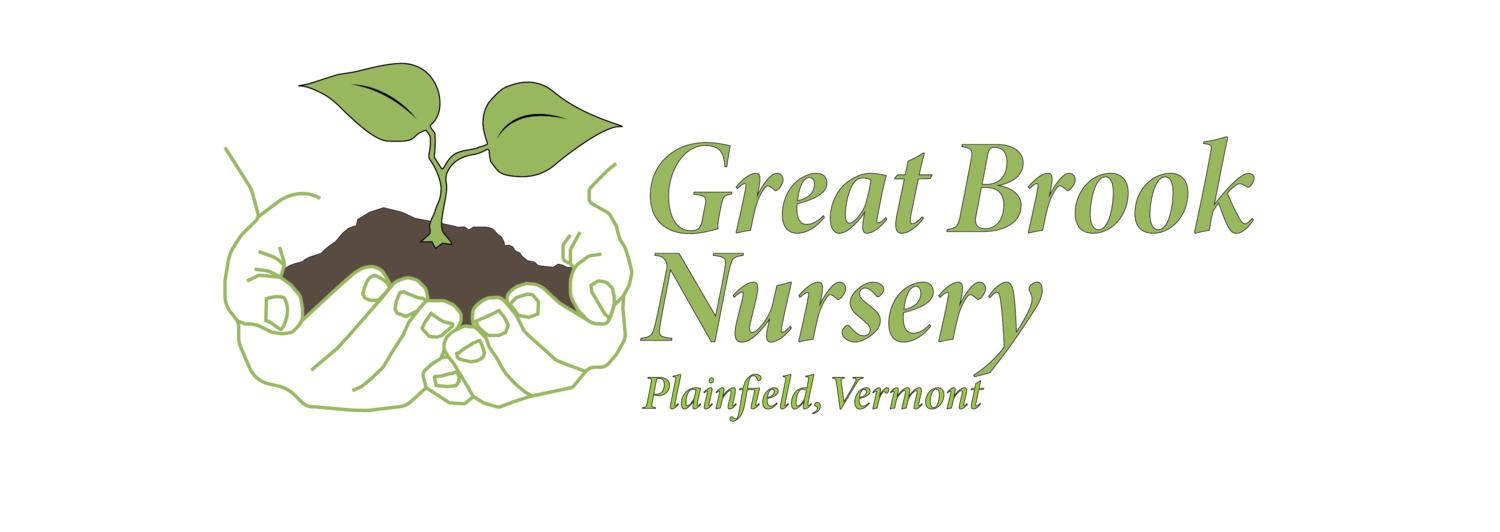Artemisia Lactiflora (Compositae)
This is a mugwort native to Western China. Grown for its plumes of creamy, white flowers, similar to astilbe, that appear from mid-summer on, rising 3’-5’ against a backdrop of ornamental foliage. Vigorous, clump forming plant and not invasive like the European mugwort (go figure!). Not only was it awarded a Garden Merit from the Royal Horticultural Society, it is also a Chinese medicinal, valued for its bitter and aromatic properties. It also makes a nice dried flower and potpourri. Likes a sunny, well drained spot where it can grow into a fairly imposing plant. Looks great with other late flowering plants like Aconitum or a Helianthus.
This is a mugwort native to Western China. Grown for its plumes of creamy, white flowers, similar to astilbe, that appear from mid-summer on, rising 3’-5’ against a backdrop of ornamental foliage. Vigorous, clump forming plant and not invasive like the European mugwort (go figure!). Not only was it awarded a Garden Merit from the Royal Horticultural Society, it is also a Chinese medicinal, valued for its bitter and aromatic properties. It also makes a nice dried flower and potpourri. Likes a sunny, well drained spot where it can grow into a fairly imposing plant. Looks great with other late flowering plants like Aconitum or a Helianthus.
This is a mugwort native to Western China. Grown for its plumes of creamy, white flowers, similar to astilbe, that appear from mid-summer on, rising 3’-5’ against a backdrop of ornamental foliage. Vigorous, clump forming plant and not invasive like the European mugwort (go figure!). Not only was it awarded a Garden Merit from the Royal Horticultural Society, it is also a Chinese medicinal, valued for its bitter and aromatic properties. It also makes a nice dried flower and potpourri. Likes a sunny, well drained spot where it can grow into a fairly imposing plant. Looks great with other late flowering plants like Aconitum or a Helianthus.


